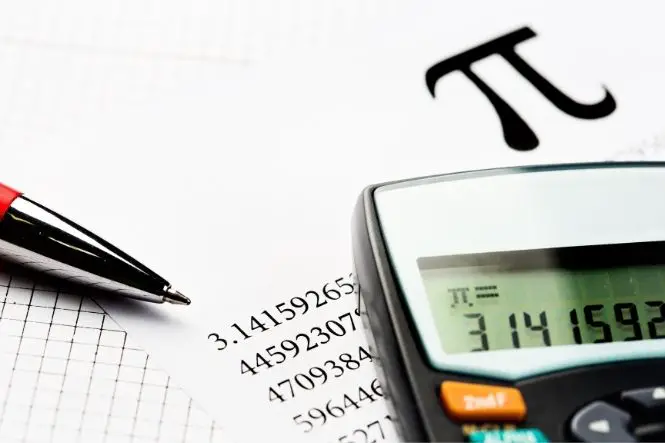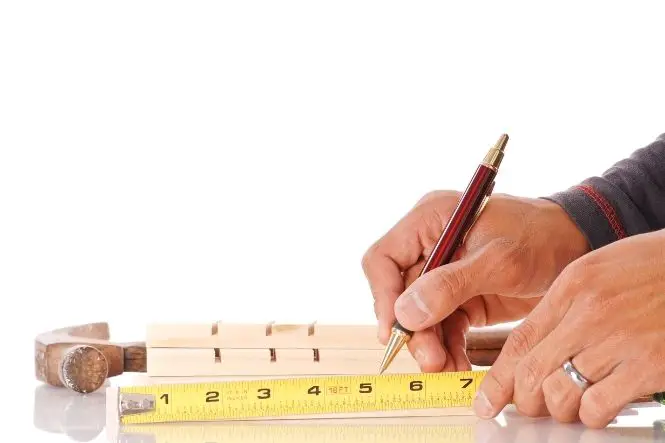Pi is a number used in maths used to work out the circumference of a circle (the distance around the outside) or the radius (the distance from the edge of a circle to the centre), and is called a ‘mathematical constant’, a number used in maths that does not change (for another example of a mathematical constant, see ‘The Golden Section’). Pi is shown in equations as the Greek letter, which is equivalent to ‘p’ for perimeter, another word for circumference.
Pi is what is called an ‘irrational number’ – it cannot be written as a simple fraction. It is about 22/7. Mathematicians have calculated pi to over one trillion (1 with 12 zeroes after it) digits. The first 50 digits of pi are:
3.14159265358979323846264338327950288419716939937510.
Calculations don’t very often need that many digits for pi – a version of pi with 11 decimal places can calculate the circumference of the earth to the accuracy of one millimetre.
Table of Contents
Pi Trivia
William Jones, a Welsh mathematician, was probably the first person to ever use the word ‘pi’, in 1706.
In 2006, a retired Japanese engineer, called Akira Haraguchi, said that he had recited 100,000 decimal places of pi.
Try memorising as many digits as possible – it might be easier using rhymes and rhythms, singing the numbers to a tune, or memorising the numbers in blocks.
Calculating Pi
Pi is calculated by dividing the circumference of a circle (c) by its diameter (d – the distance across the whole of the middle of a circle) or twice its radius (r), and is always the same number, whatever the size of the circle.
Measure the diameter of a jam jar lid, getting as close to the middle as possible. Measure the circumference by wrapping a fabric tape around the edge of the lid. Alternatively, wrap a piece of string or strip of paper around the lid, and measure the string or tape with a ruler.
Divide the circumference by the diameter. Is it close to 3.14? Try it again with a pen lid, a CD, a small plate, a large plate, a vinyl record, a table top – anything that is circular.
Using Pi
To work out the circumference of a circle from the diameter or radius, use the mathematical formula 2 pi r (two times pi times the radius of the circle) or pi d (pi times the diameter of the circle).
To work out the area of a circle from the radius, use the mathematical formula pi r squared (pi times the radius of the circle times the radius of the circle again).
To work out the volume of a cylinder from the height (h) and radius, work out the area of the base (pi r squared) and multiply it by the height – use the mathematical formula pi r squared h.
Pi Day
Using the American format of dates, celebrate Pi Day on 3/14 (14 March) at 1.59 (pi abbreviated to 3.14159). Using the English format of dates, celebrate Pi Day on 3 January at 4.16 (pi abbreviated to 3.1416). Have a pi party with round food like pizzas and pies, and drinks in cans or cylindrical glasses, and calculate the circumference, area and volume before eating and drinking.







